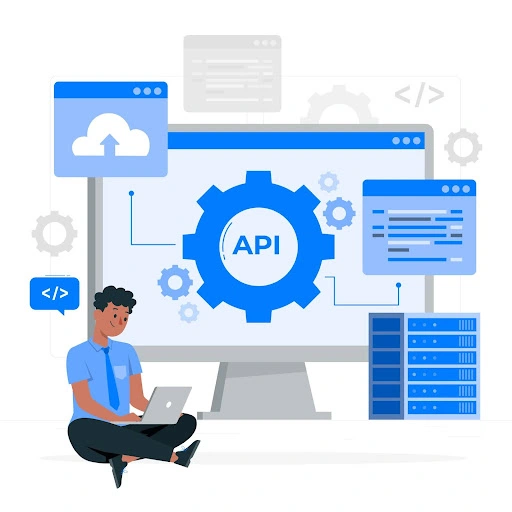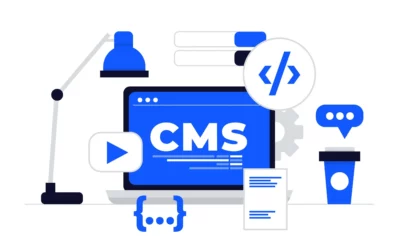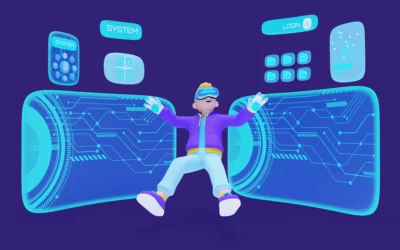Introduction:
Application Programming Interfaces (APIs) play a pivotal role in modern software development, enabling seamless communication and data exchange between different software components. With the increasing use of APIs, it is crucial to ensure their reliability, functionality, and security. This is where API testing becomes important. In this comprehensive guide, we’ll delve into the world of API testing, covering strategies, tools, and best practices to help you ensure the robustness of your APIs.
Understanding API Testing:
API testing involves evaluating an application’s APIs for correctness, security, and performance. Unlike traditional testing methods that focus on the user interface, API testing examines the communication between different software components, checking whether they fulfill the intended functionality and adhere to specified standards.
Why API Testing Matters:
- Early Detection of Issues: API testing allows for early identification and resolution of issues before they escalate, leading to more stable software development cycles.
- Cost-Effective Testing: API testing is often more cost-effective than GUI testing, as it doesn’t require a graphical interface, making it ideal for automating repetitive tests.
- Improved Test Coverage: Since API testing can be performed at various levels (unit, integration, and system), it ensures comprehensive test coverage, addressing different aspects of the application.
API Testing Strategies:
- Unit Testing:
- Focuses on testing individual functions or methods.
- Ensures that each API endpoint works as expected in isolation.
- Integration Testing:
- Verifies the communication between various components and APIs.
- Identifies issues arising from the integration of different modules.
- End-to-End Testing:
- Evaluate the entire application workflow, including multiple APIs.
- Mimics real-world scenarios to validate the system’s behavior.
Tools for API Testing:
- Postman:
- A widely used platform for collaborating on API development and testing.
- Allows the creation of requests, validation of responses, and automation of tests.
- Swagger/OpenAPI:
- Enables the design, building, and testing of APIs using a standardized format.
- Automates API documentation, ensuring consistency.
- JUnit/TestNG:
- Widely used for Java-based projects, facilitating unit and integration testing.
- Integrates seamlessly with build tools like Maven and Gradle.
- RestAssured:
- A Java library for testing RESTful APIs.
- Simplifies request and response validation.
- SoapUI:
- Designed for testing SOAP and REST APIs.
- Offers features for functional, load, and security testing.
Best Practices for API Testing:
- Understand API Specifications:
- Thoroughly comprehend the API documentation, including request methods, parameters, and response structures.
- Prioritize Security Testing:
- Conduct security testing to identify vulnerabilities such as injection attacks and unauthorized access.
- Implement Automation:
- Automate repetitive tests to enhance efficiency and consistency in the testing process.
- Use Mocking for Dependencies:
- Employ mock servers to simulate dependent services, allowing isolated testing of APIs.
- Perform Load Testing:
- Evaluate the performance and scalability of APIs under various load conditions.
- Monitor and Analyze Responses:
- Monitor response times and analyze error responses to identify performance bottlenecks and potential issues.
- Version Control:
- Implement version control for APIs to manage changes effectively and maintain backward compatibility.
Conclusion:
API testing is a critical component of the software development lifecycle, ensuring that APIs function as intended, are secure, and perform optimally. By adopting effective strategies, utilizing appropriate tools, and adhering to best practices, development teams can enhance the reliability and stability of their applications, delivering a seamless experience for end-users. Embrace API testing as an integral part of your testing strategy to build robust and scalable software systems.





